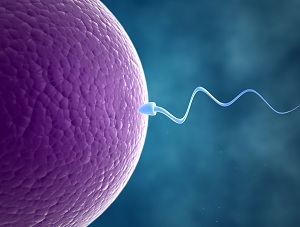Hypoidrotic ectodermal dysplasia (HED) is a rare genetic disease with a prevalence of about 1 / 15,000-17,000. It affects ectodermal development and causes malformations to skin, hair, teeth and sweat glands.
There are three variants of HED, almost impossible to distinguish clinically and all characterized by a sweating disorder.
- Christ-Siemens-Touraine syndrome. It includes 80% of cases and is linked to the X chromosome. It affects only the male births.
- Autosomal recessive HED (AR);
- Autosomal dominant HED (AD).
The characteristic symptom of hypohidrotic ectodermal dysplasia is the absence of sweat glands. This causes a very reduced sweating if not completely absent, leading to recurrent episodes of hyperthermia. The body is unable to regulate its temperature, which makes the person intolerant to heat. Some episodes of hyperthermia can even be lethal.
The other symptoms of HED are sparse or absent hair, lack of teeth and thin skin. Furthermore, many patients have chronic conjunctivitis, caused by reduced tearing. Other symptoms are nasopharyngeal dryness and a series of asthmatic episodes. Those who suffer from the disease often face rounded, thin eyelashes and eyebrows, wrinkles around the eyes.
The disease is caused by mutations in the genes responsible for ectodisplasin / NF-κB. In the case of CST, the affected gene is the one that encodes the ectodisplasin-A protein. The other two may also be caused by abnormalities in the gene that codes for the EDAR-associated death domain protein (EDARADD).
Current treatments are mostly symptomatic. Modern dentistry helps to restore the function of the teeth, also improving their appearance. Regarding the absence of sweating, those suffering from HED must avoid prolonged exposure to heat sources. In the case of very young children, doctors recommend the use of wet clothing. These measures guarantee a normal life expectancy.
Source: orpha.net
Add a comment




